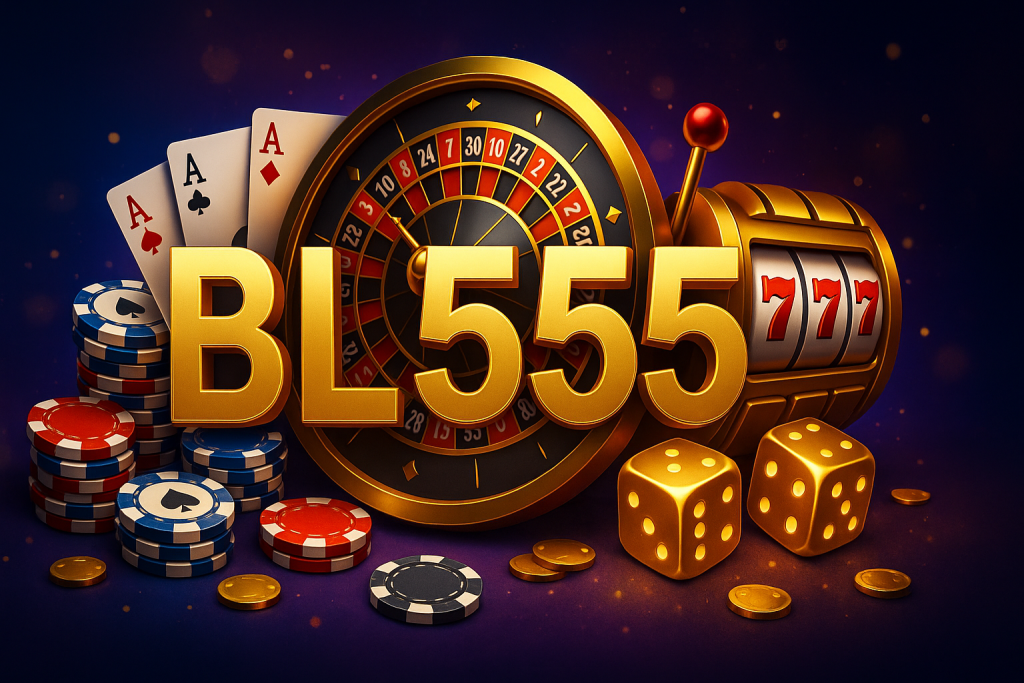
When it comes to playing casino games, understanding the underlying mechanics can greatly improve your experience—and possibly your results. Two of the most important concepts every player should know are House Edge and Return to Player (RTP). These factors help determine your odds of winning over time. Platforms like BL555 offer a wide selection of games with transparent RTP values, making it easier for players to make informed choices before placing their bets.
Let’s start with House Edge. This term refers to the built-in advantage that the casino has in every game. It’s expressed as a percentage, representing how much the casino expects to make on each bet over time. For example, if a game has a house edge of 5%, the casino is expected to keep $5 for every $100 wagered, on average.
The house edge exists to ensure that the casino can operate profitably, but it also varies significantly depending on the game you choose. Slots, for instance, typically have a higher house edge than blackjack or baccarat, especially those with flashy features and big jackpots. On the other hand, games of skill or strategy like poker can have a much lower edge, especially when played smartly.
Now, let’s talk about RTP (Return to Player). This is the percentage of total wagered money that a game returns to players over a long period. For example, a slot game with a 96% RTP theoretically returns $96 for every $100 wagered. It’s important to understand that RTP is calculated over thousands or even millions of game rounds, so short-term outcomes can differ greatly.
In essence, RTP is the opposite of house edge. If a slot has an RTP of 96%, then its house edge is 4%. While no RTP guarantees you’ll win in a single session, it helps you compare different games and select those that offer better odds.
Here’s a breakdown of average RTPs for popular games:
- Classic slots: 92%–95%
- Video slots: 95%–98%
- Blackjack: 99% or higher (with optimal play)
- Baccarat: ~98.94% on banker bets
- Roulette: ~97.3% (European), ~94.74% (American)
- Video Poker: 96%–99.5% (depending on variant and strategy)
If you’re aiming to maximize your chances of winning, games with higher RTP and lower volatility are your best bet. But that doesn’t mean they’re always the most exciting. Many players still prefer high-volatility games for the thrill of chasing large payouts, even if it means enduring more frequent losses along the way.
It’s also worth mentioning that not all casinos display RTP information upfront. That’s why it’s smart to play on platforms that are transparent about these numbers. Providers like NetEnt, Microgaming, and Play’n GO typically offer high-RTP games, and trustworthy casinos will feature those details prominently.
While understanding RTP and house edge won’t change the random nature of gambling, it gives you a clearer picture of how each game operates behind the scenes. In combination with responsible budgeting and smart gameplay, this knowledge can help you stretch your bankroll further and make more confident decisions.
Also, be cautious of misleading promotions that make games seem more profitable than they are. Always check the actual game RTP and don’t rely solely on bonus offers or flashy designs when choosing where to play.
Conclusion
House Edge and RTP are two essential concepts that every casino player should understand. They explain how much you’re likely to win—or lose—over time and help you compare games more effectively. By learning how these numbers work and applying that knowledge when choosing what to play, you can enjoy a smarter, more strategic approach to online gambling.